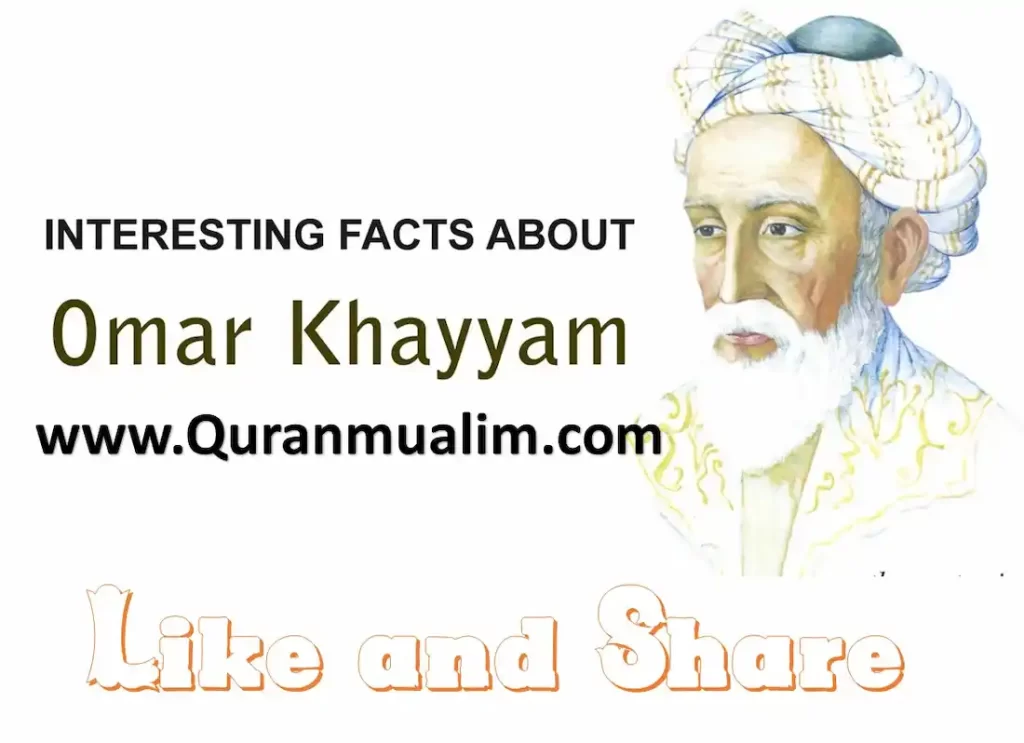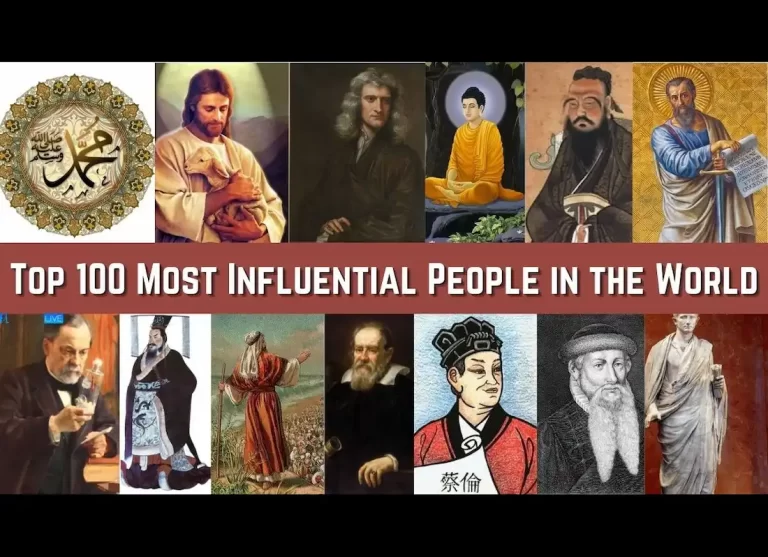Omar Khayyam was born in the renowned commercial city of Nishapur in northern Persia on May 18, 1048.The city is now in Iran. Ebrahim Khayyam, a rich physician, was Omar’s father. The name of Omar’s mother is unknown. According to some authors, Omar’s father made a career as a tent-maker because Khayyami means tent-maker.
Despite the fact that many English-speakers have the surname Smith, this does not imply that their dads spent their days pounding molten metal on an anvil. Omar was born into a Muslim household. His father appears to be unconcerned about religion, hiring a mathematician named Bahmanyar bin Marzban to instruct Omar.
Bahmanyar bin Mar ban is a follower of the ancient Persian faith. He educated Omar extensively in science, philosophy, and mathematics. Omar was taught astronomy by Khawjah al-Anbari, who guided him through Ptolemy’s Almagest. Omar learned about medicine while working at his father’s surgery while he was in his early teens.
In 1066, Omar Khayyam turned eighteen years old. In the same year, Halley’s Comet emerged in the sky, the Norman Army of William the Conqueror conquered England, and Omar’s father, Ebrahim, died. Bahmanyar, Omar’s mentor, died a few months after Ebrahim died. In Omar Khayyam’s life, it marked the end of an era. It was time to straighten out his family’s affairs and move on.
Suggested Read : How Many Chapters in Quran? ,la ilaha illa anta subhanaka, Has The Quran Been Changed?, How Many Pages in Quran? , Allahumma Ajirni Minan Naar, Allahu Mahdina, Allahu Alam , Allah Yashfeek , Allah Subhanahu Wa Ta’ala

Contributions of Omar Khayyam to Science
Algebra
Equations of the form ax2 + bx + c = 0 are taught in high school and are known as quadratic equations. ax3 + bx2 + cx + d = 0 is the form of a cubic equation. Cubic equations are, by definition, more difficult to solve than quadratic problems. The classical Ancient Greek geometrical instruments of straightedge and compass cannot solve cubic problems, as Khayyam rightly predicted. Other approaches are needed.
Khayyam authored one of his best works, Treatise on Demonstration of Problems of Algebra and Balancing, at the age of 22 in 1070.He demonstrated that a cubic equation can have several solutions in it. He also demonstrated how geometric solutions to cubic equations may be found at the intersections of conic sections such as parabolas and circles. Archimedes had begun work in this subject almost a thousand years before, when he explored the challenge of calculating the volume ratio of one portion of a sphere to another. Khayyam took a broader, analytical approach to the subject.
Year’s Duration
Khayyam was invited to the Persian city of Isfahan, the capital of the Seljuk Empire, in 1073 to design a calendar that would function in an orderly and precise manner indefinitely — this was a period where year lengths were often varied. Khayyam was invited by the two most prominent individuals in the Seljuk Empire, which included Persia: Malik Shah, the empire’s Sultan, and Nizam al-Mulk, his vizier.
In 1074, Khayyam enlisted the help of other brilliant scientists to travel to Isfahan with him. He was paid an astronomically high income and lived a luxurious lifestyle there.Malik Shah commissioned Khayyam to build an observatory with the initial goal of conducting astronomical observations for 30 years. Saturn, the most distant planet then known, would complete an orbit. We now know that the duration of a tropical year varies by up to 30 minutes from one year to the next.
The average tropical year duration now is 365.242189 days, which converts to 365.2422 days in seven significant digits, which is precisely what Khayyam calculated about a thousand years ago. The duration of a tropical year is likewise rising somewhat through time, albeit not enough to be evident on a scale of seven significant numbers between Khayyam’s era and our own. On March 15, 1079, Malik Shah delivered Khayyam’s new calendar to the Seljuk Empire. Until the twentieth century, it was in use.
The Postulate of Parallels
The 13 volumes of Euclid’s Elements, which were written around 300 BC, are often considered to be the most significant writings in the history of mathematics. The Elements were based on five geometric postulates — that is, five truths that were considered to be true about geometry, such as that all right angles are equal.
The parallel postulate was the fifth of Euclid’s five postulates. For millennia, mathematicians have been puzzled, irritated, and delighted by the parallel postulate. The elation was frequently fleeting, since it belonged to mathematicians who believed they had proved the postulate only to be disillusioned when a mistake in their ‘proof’ was discovered.
A straight line crossing two additional straight lines was examined by Euclid. When the inside angles (given in the graphic below) total up to fewer than 180 degrees, he looked at the problem. He predicted that the two straight lines would eventually meet on the side of the two angles that total up to fewer than 180 degrees under these conditions.
He therefore dismisses the notion that angles C and/or D might be anything other than right angles, and only the middle option is viable in the figure above. As a result, he thinks he’s proved the parallel postulate. In reality, he hasn’t done so; all he’s done is put it in a different context.
Suggested Read: The Islamic World by Ladan Akbarnia, Nahj al-Balagha by Imam Ali Ibn Abi Taleb, Lost Islamic History by Firas Alkhateeb, Stranger The History by Aatish Taseer, Prophet Muhammad (PBUH) by Abu Moosa Reza, Islamic Art by Luca Mozzati and Islamic History For Kids: Story of Uhud

CONCLUSION
Khayyam’s personal life is shrouded in mystery. He is thought to have married and given birth to at least one son and one daughter. Malik Shah and his vizier perished in 1092, the one by poisoning and the second by assassination.
During the power struggle that ensued, Khayyam fled into hiding. His survival hinged on his ability to keep a low profile. He had been Malik Shah’s personal physician and became a close personal friend, who had earned him enemies, and Khayyam’s poetry shows he may not have been a devoutly religious person, which had also made him enemies.
During his lifetime, Khayyam did not publish any poems. Some of his speculations may have put his life in jeopardy. On December 4, 1131, Omar Khayyam died in his birthplace of Nishapur at the age of 83. He was buried in an orchard where blossoms would fall twice a year, in a mausoleum he had chosen.
Edward FitzGerald’s translations of Khayyam’s poetry in the Rubaiyat of Omar Khayyam popularized Khayyam’s poetry in the 1800s. In 1963, the Shah of Iran had Khayyam’s grave excavated and his bones transported to a massive purpose-built mausoleum in Nishapur where tourists may pay their respects to the great poet.








